| |||||||
 |
| Search this Thread |  38,701 views |
| | #1 |
| Senior - BHPian Join Date: Apr 2018 Location: Bangalore
Posts: 1,549
Thanked: 17,366 Times
| |
| |  (21)
Thanks (21)
Thanks
|
| |
| | #2 |
| Senior - BHPian Join Date: Apr 2018 Location: Bangalore
Posts: 1,549
Thanked: 17,366 Times
| |
| |  (21)
Thanks (21)
Thanks
|
| | #3 |
| Senior - BHPian Join Date: Apr 2018 Location: Bangalore
Posts: 1,549
Thanked: 17,366 Times
| |
| |  (32)
Thanks (32)
Thanks
|
| | #4 |
| Senior - BHPian Join Date: Apr 2018 Location: Bangalore
Posts: 1,549
Thanked: 17,366 Times
| |
| |  (20)
Thanks (20)
Thanks
|
| | #5 |
| Senior - BHPian Join Date: Apr 2018 Location: Bangalore
Posts: 1,549
Thanked: 17,366 Times
| |
| |  (37)
Thanks (37)
Thanks
|
| | #6 |
| Team-BHP Support  | |
| |  (2)
Thanks (2)
Thanks
|
| | #7 |
| BHPian Join Date: Nov 2008 Location: Bangalore
Posts: 915
Thanked: 4,096 Times
| |
| |  (6)
Thanks (6)
Thanks
|
| | #8 |
| Senior - BHPian Join Date: Feb 2010 Location: DPM and CHN
Posts: 1,822
Thanked: 1,139 Times
| |
| |  (1)
Thanks (1)
Thanks
|
| | #9 |
| Senior - BHPian Join Date: Mar 2009 Location: New Delhi
Posts: 1,852
Thanked: 2,137 Times
| |
| |  (3)
Thanks (3)
Thanks
|
| | #10 |
| Senior - BHPian Join Date: May 2005 Location: Location
Posts: 5,766
Thanked: 9,054 Times
| |
| |  (3)
Thanks (3)
Thanks
|
| | #11 |
| Senior - BHPian Join Date: Dec 2008 Location: 144022
Posts: 1,236
Thanked: 3,133 Times
| |
| |  (8)
Thanks (8)
Thanks
|
| |
| | #12 |
| BHPian | |
| |  (2)
Thanks (2)
Thanks
|
| | #13 |
| BHPian Join Date: May 2019 Location: Mumbai
Posts: 147
Thanked: 492 Times
| |
| |
| | #14 |
| Distinguished - BHPian  Join Date: Oct 2008 Location: Pune
Posts: 3,231
Thanked: 5,742 Times
| |
| |  (3)
Thanks (3)
Thanks
|
| | #15 |
| Distinguished - BHPian  Join Date: Aug 2014 Location: Delhi-NCR
Posts: 4,071
Thanked: 64,320 Times
| |
| |  (5)
Thanks (5)
Thanks
|
 |
Most Viewed


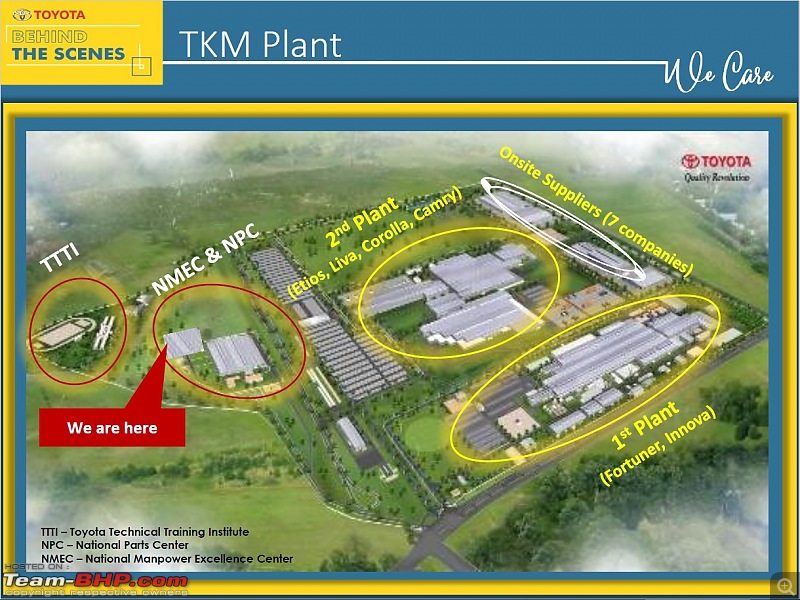



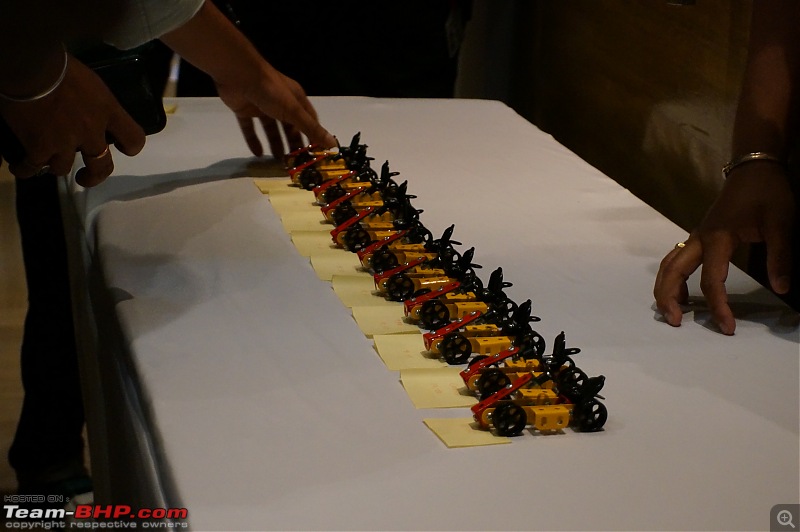
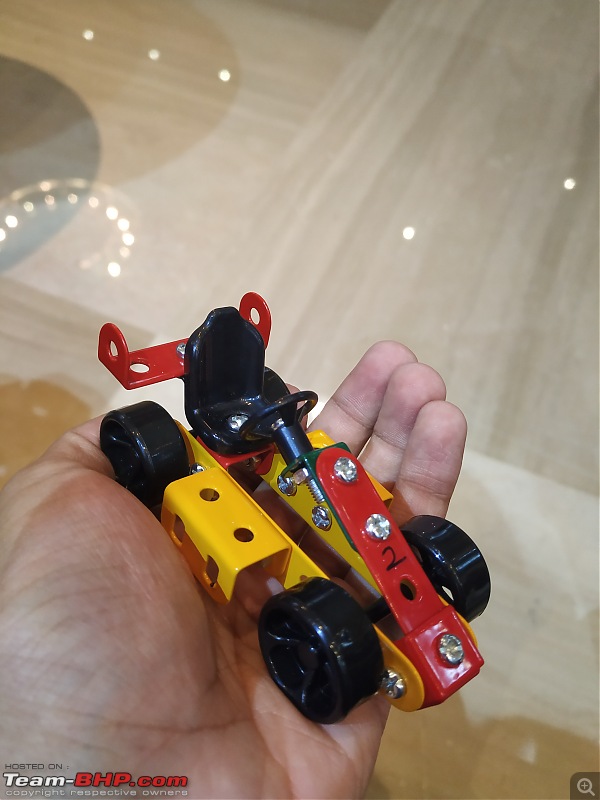

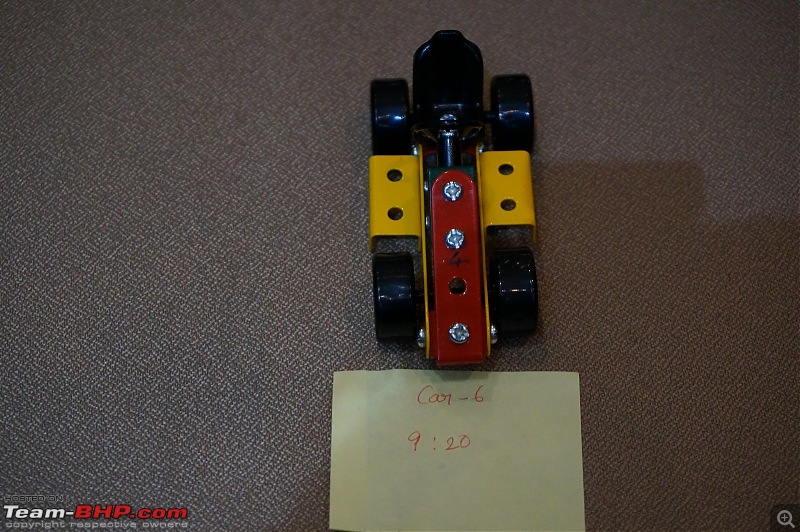



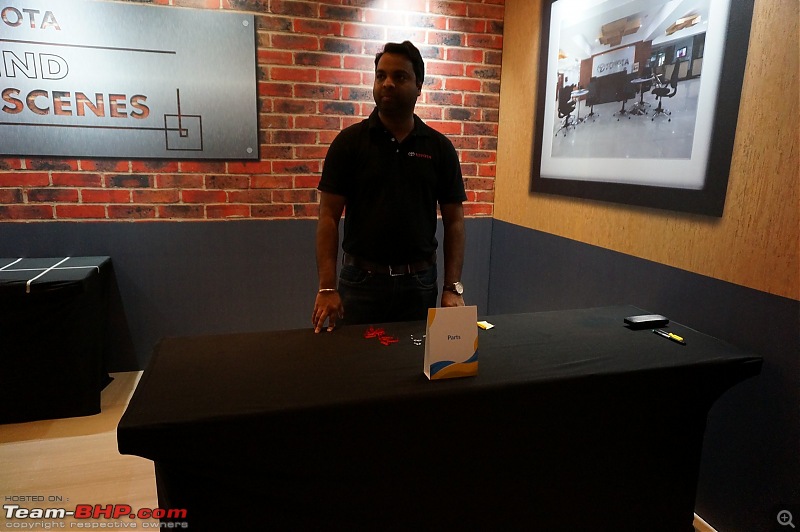



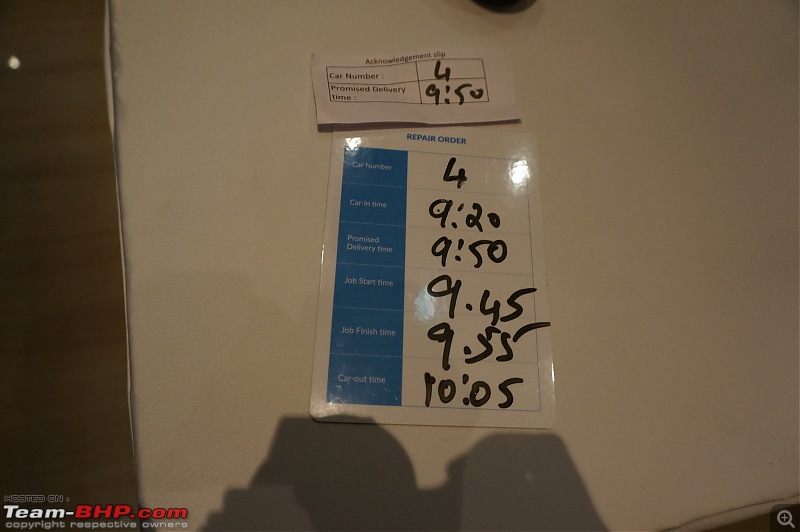







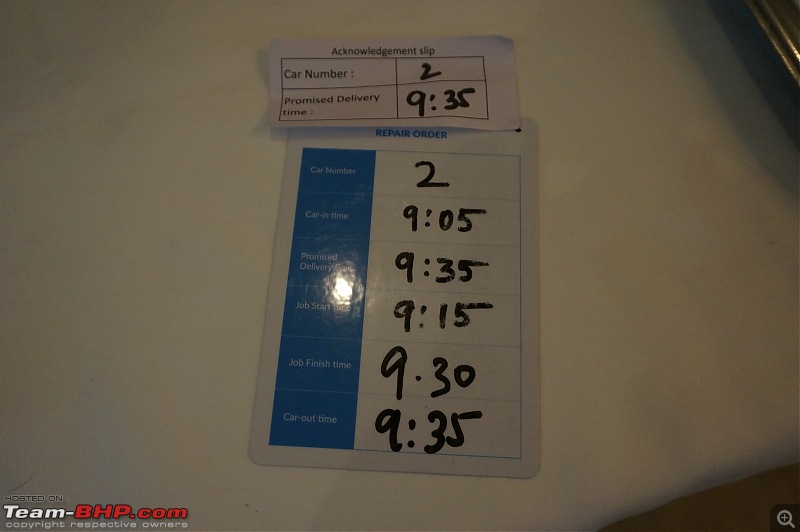
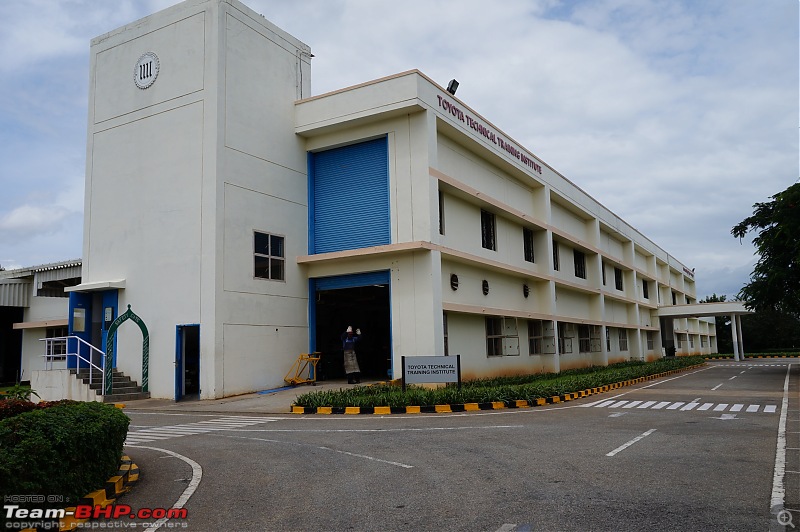


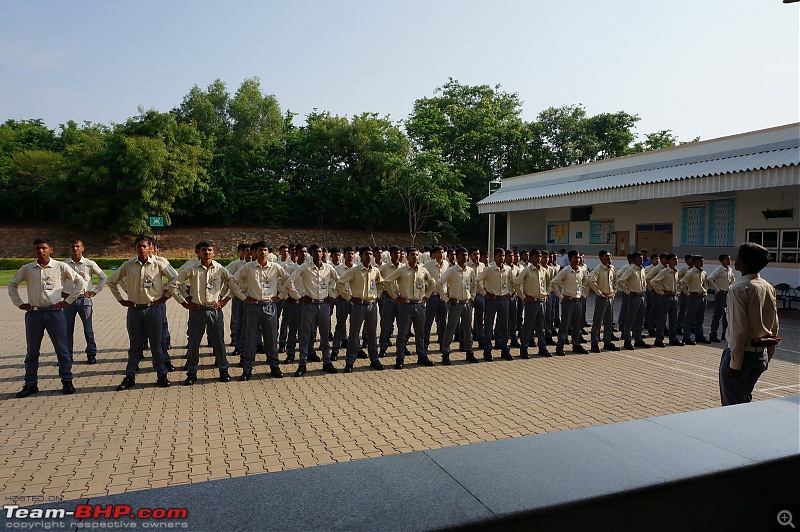
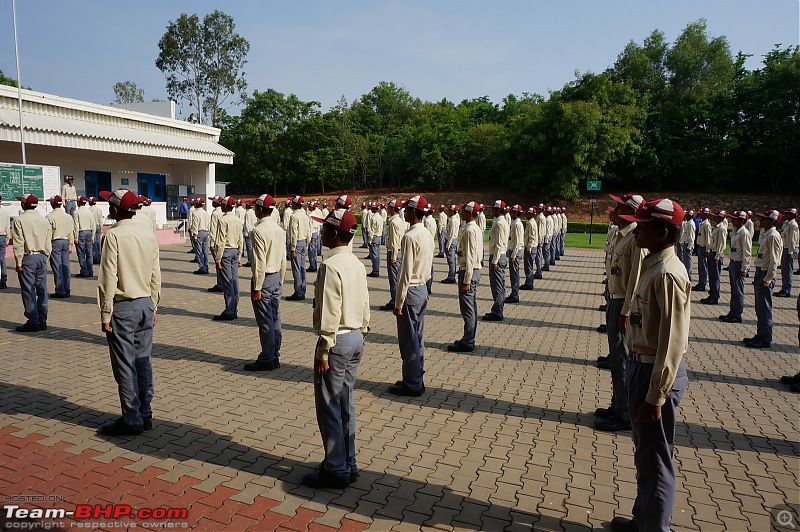
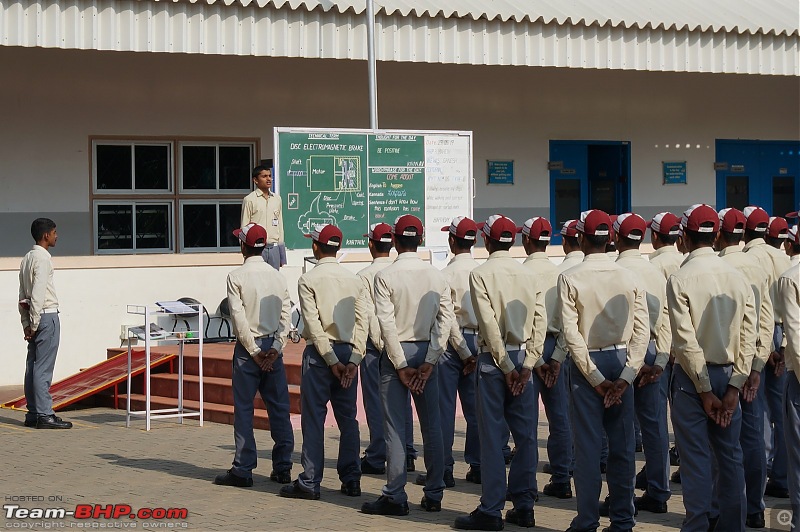



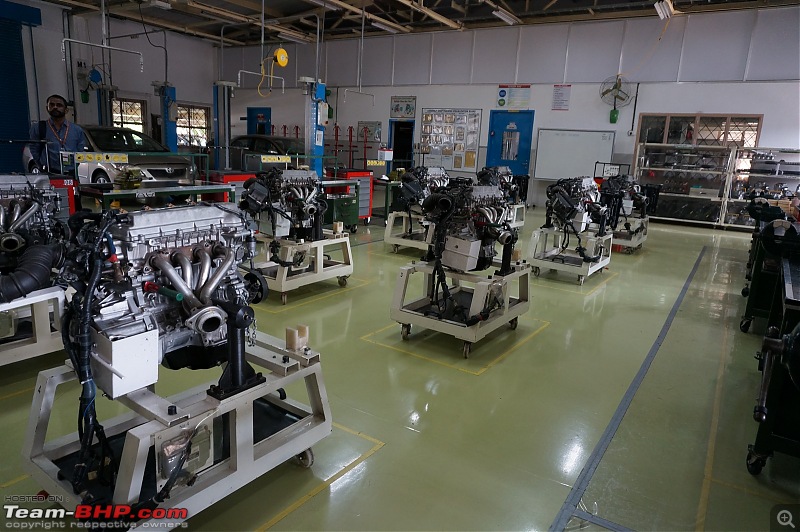

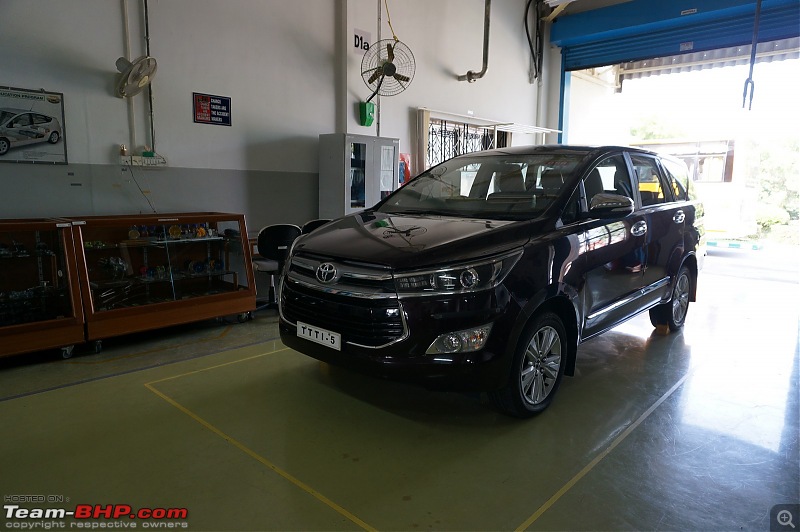


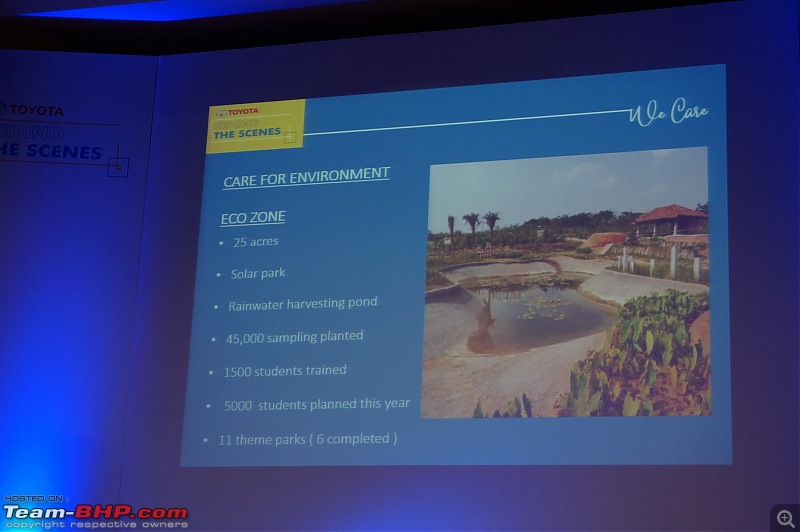



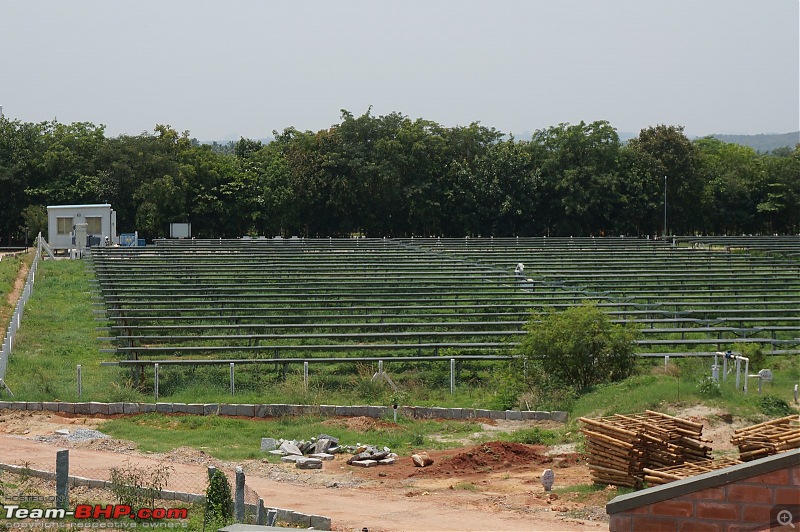
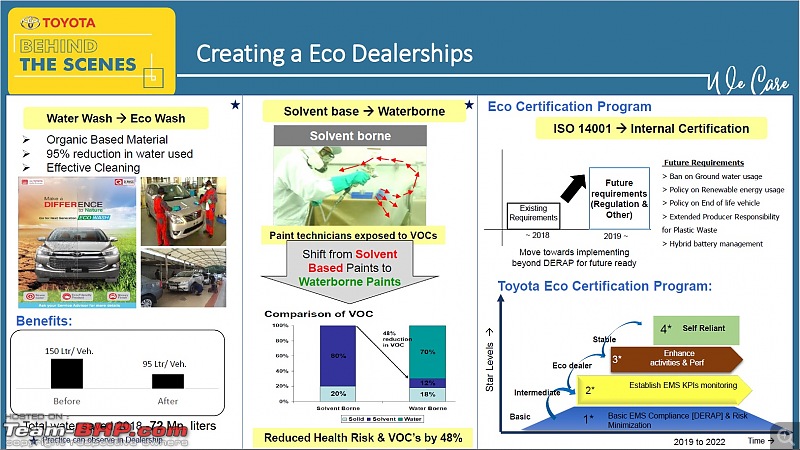
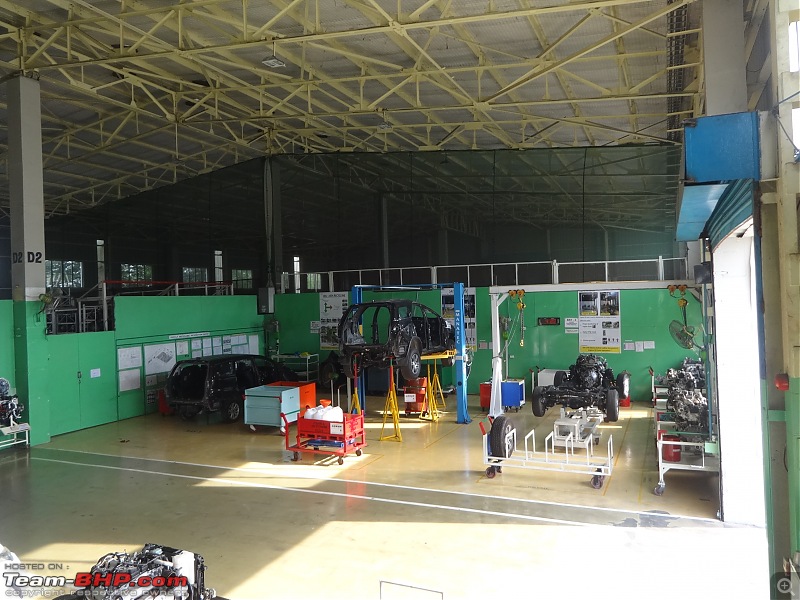

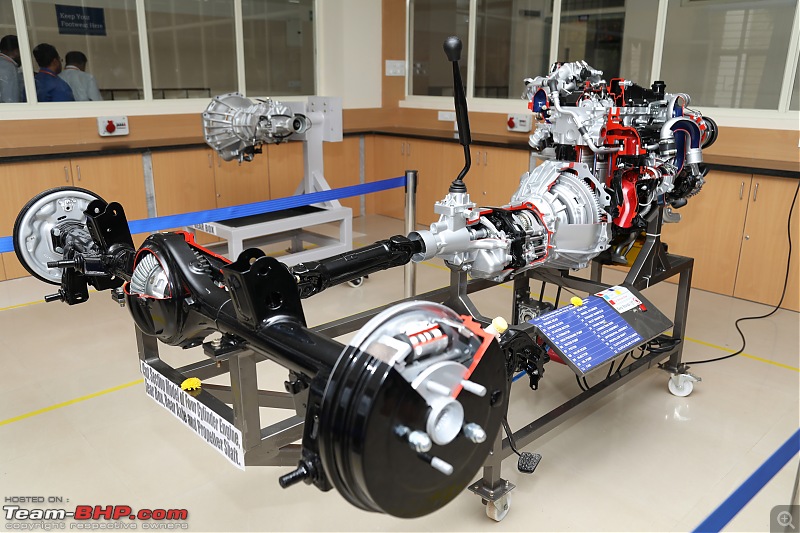




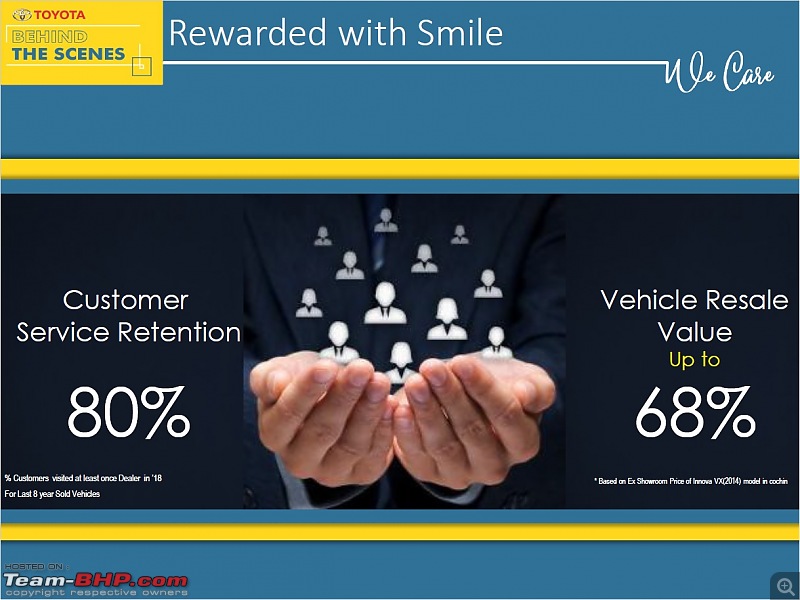












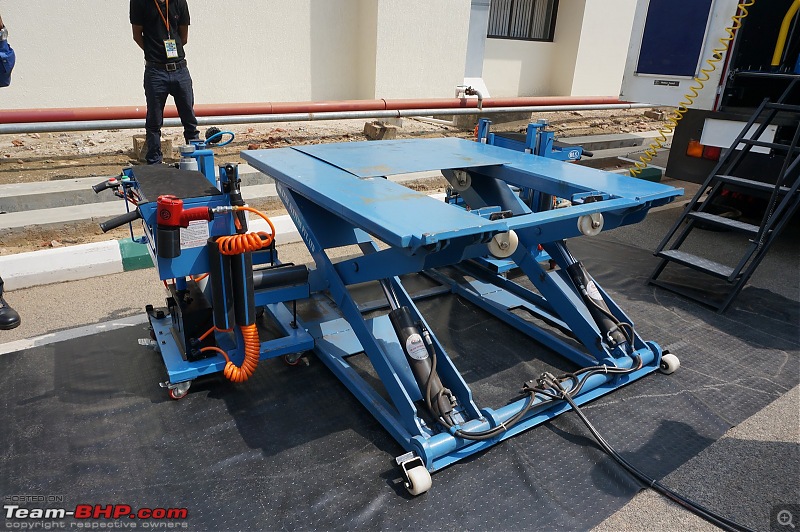
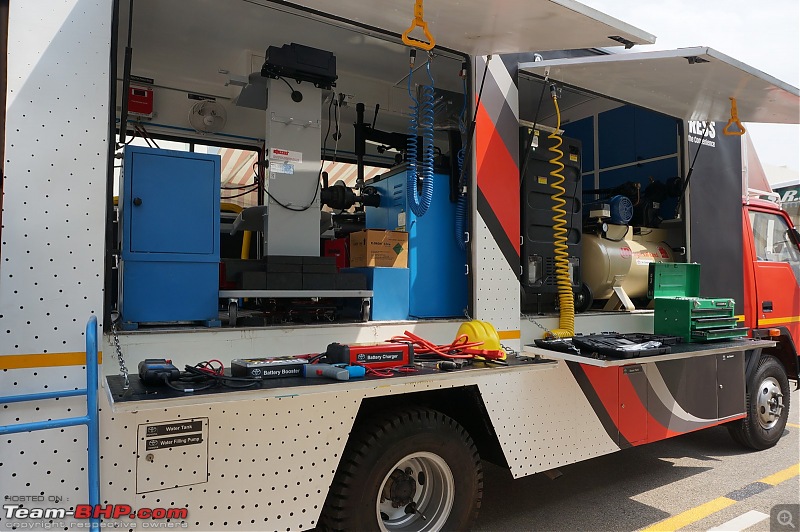




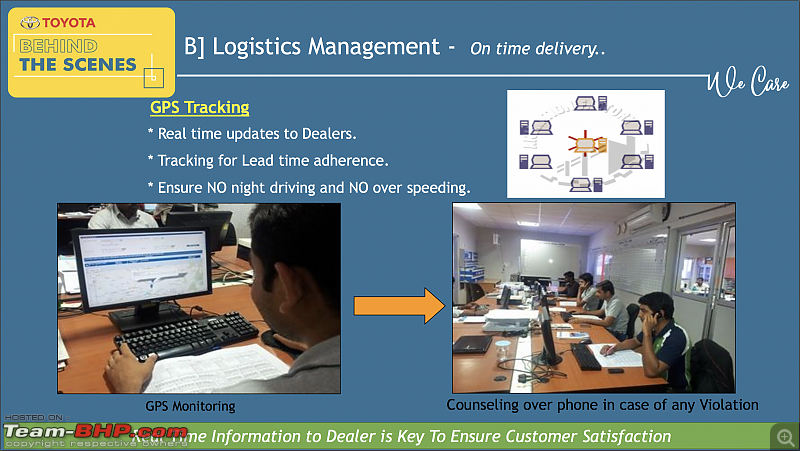



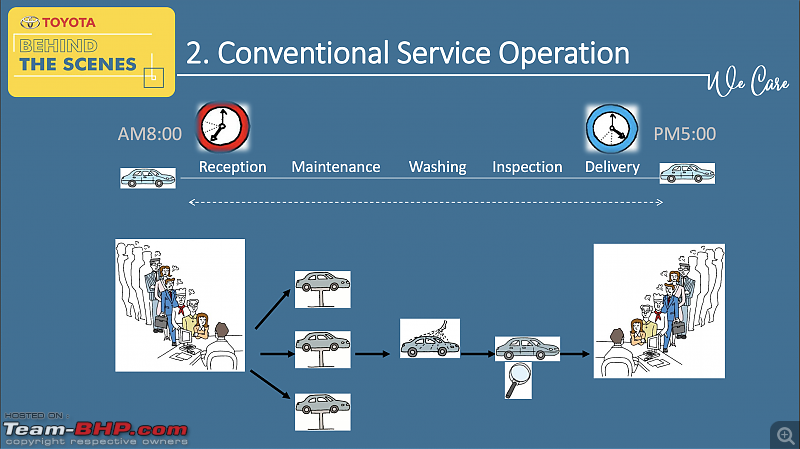

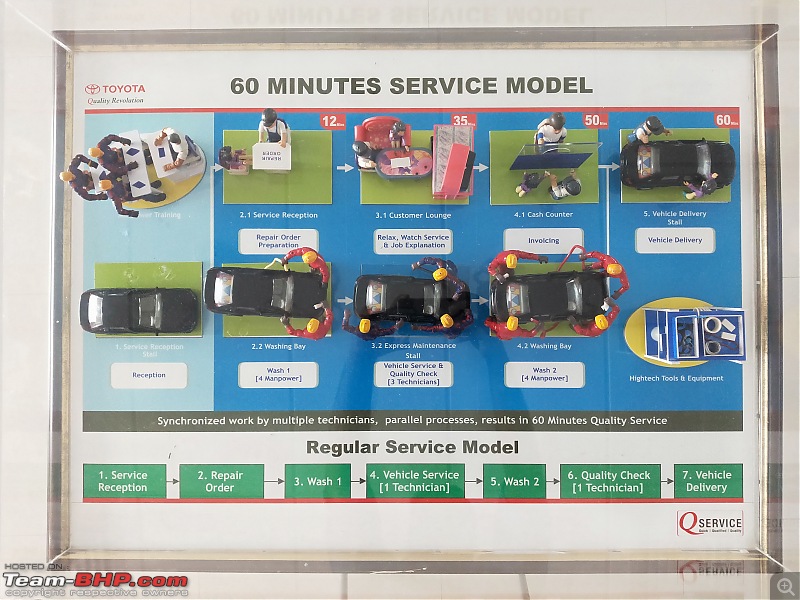

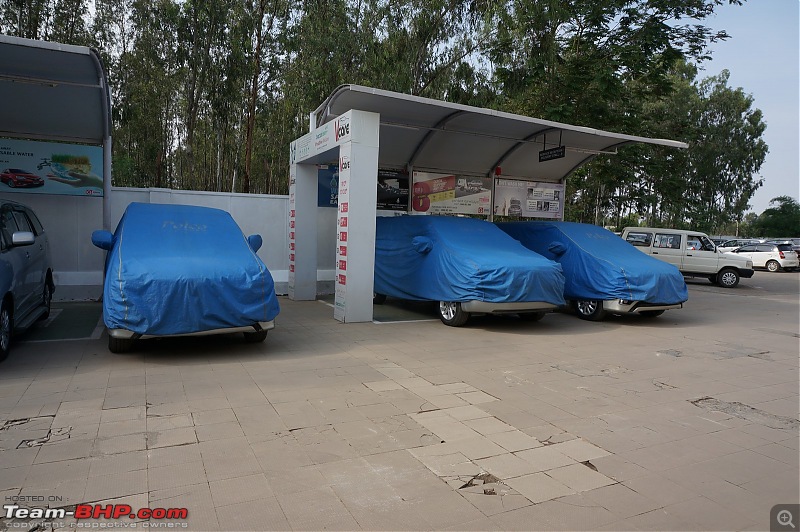


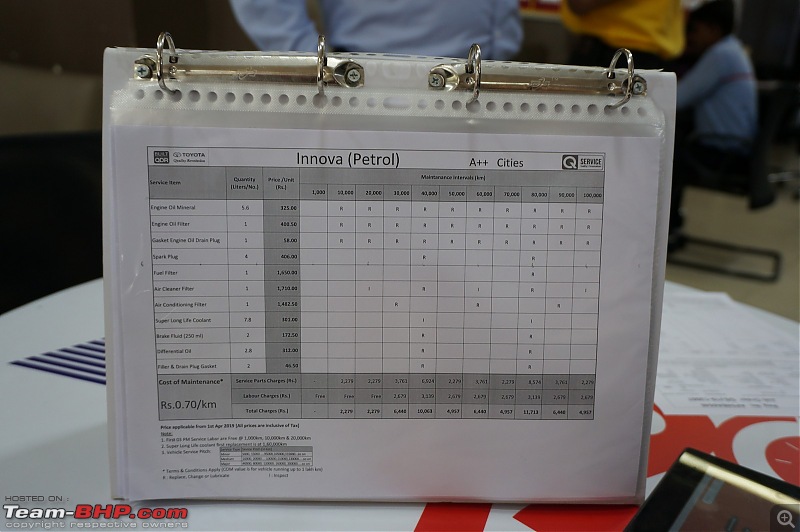



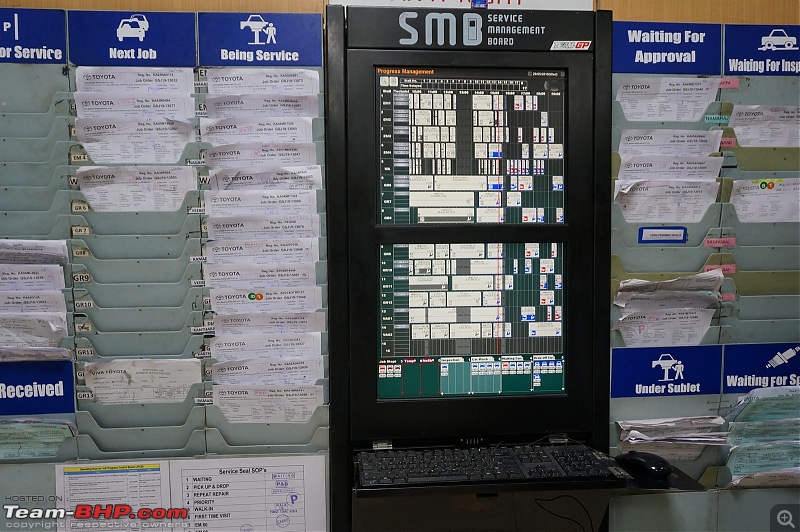



 . They had to get a rubber gasket connecting fuel tank and fuel pipe. Never ever Fiat service with Tata tie up was a happy moment.
. They had to get a rubber gasket connecting fuel tank and fuel pipe. Never ever Fiat service with Tata tie up was a happy moment. 